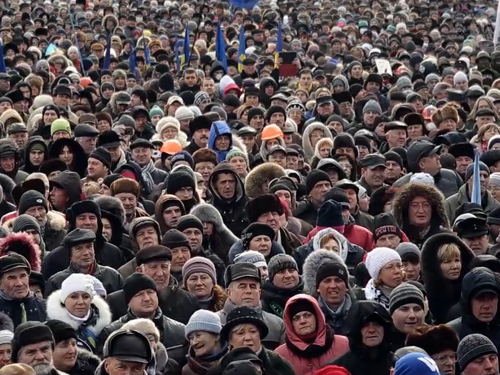Emiliano Battista
Emiliano Battista (1973) is a Belgian-Brazilian translator, bookmaker, and author. He has written about a wide range of figures in contemporary art, as well as about the relationship between art and theory, and the way that relationship unfolds in the proliferation of printed matter in the art world. He has collaborated on several bookmaking projects including Sophie Whettnall (at) Work (2019) and Segunda Vez (2018), with Dora García about the work of Oscar Masotta, and Aglaia Konrad from A to K (Koenig, 2016). He has translated Jacques Rancière’s La leçon d’Althusser [Althusser’s Lesson] (2011) and La fable Cinématographique [Film Fables] (2006) and was the editor and translator of Dissenting Words: Interviews with Jacques Rancière (2017), a collection of interviews spanning the length of Rancière’s trajectory, from the critique of Althusserian Marxism and the work on proletarian thinking in the nineteenth century to his reflections on politics and aesthetics. In 2015, he conceived, in partnership with the platform the Tomorrow, a project for the 56th edition of the Venice Art Biennale entitled Figures of Capital, a programme of screenings, talks and interventions whose guests included Jacques Rancière, Alexander Kluge, John Akomfrah and others. He is currently a researcher at the Vrije Universiteit Brussel.





